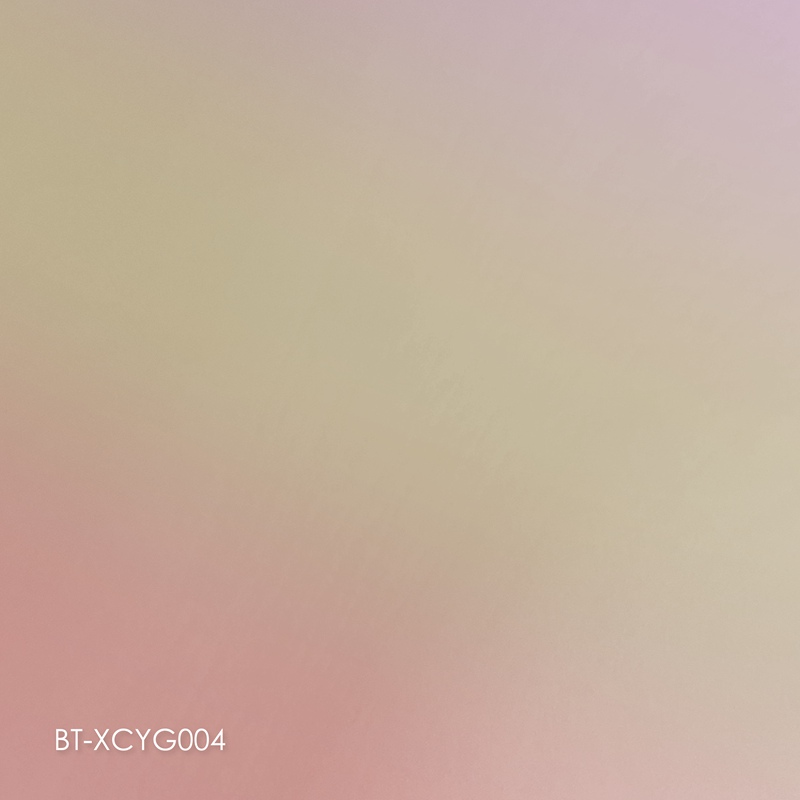How To Apply Mirror Film?
Applying mirror film is one of the most effective ways to enhance privacy, reduce glare, and improve energy efficiency. However, the method of installation can vary depending on the window type, film category, and environmental conditions. Whether it’s for a home, office, or vehicle, proper preparation and technique ensure long-lasting results. This guide explains how to apply mirror film step-by-step and what to consider under different circumstances.

1. Understanding Mirror Film Types
Before starting, it’s important to identify which type of mirror film you’re using, as installation requirements differ.
| Type | Description | Application Difficulty |
|---|---|---|
| Adhesive Mirror Film | Has a built-in glue layer that activates with pressure or mild water spray. | Moderate |
| Static Cling Film | No adhesive; attaches by static charge, ideal for temporary or removable use. | Easy |
| Dual-Reflective Film | Reflective on the exterior and tinted on the interior for balanced privacy. | Moderate |
| Heat Control Film | Designed for solar reflection; requires precise alignment. | Advanced |
Selecting the correct film type ensures compatibility with the surface and lighting conditions.
2. Preparation Before Application
A clean surface and correct environment are crucial for a flawless installation.
a) Tools You’ll Need
Spray bottle with soapy water solution (1–2 drops of baby shampoo per liter of water).
Squeegee or plastic scraper to remove bubbles.
Utility knife with a sharp blade for trimming edges.
Lint-free microfiber cloth for cleaning.
Measuring tape and ruler for accurate sizing.
b) Clean the Glass Thoroughly
Remove dust, oil, and residue. Even small particles can cause visible bubbles.
If applying to older windows, inspect for cracks or existing coatings that could interfere with adhesion.
c) Work in the Right Environment
Avoid applying film under direct sunlight or on hot glass. The ideal room temperature is 18–25°C (65–77°F) to prevent premature drying of the solution.
3. Standard Installation Procedure
Step 1: Measure and Cut
Measure the glass dimensions and cut the film slightly larger than the window to allow edge trimming after installation.
Step 2: Wet the Surface
Spray a generous amount of soapy water on the glass. The liquid allows the film to slide and adjust easily before final positioning.
Step 3: Remove the Backing Layer
For adhesive film, peel away the protective liner while spraying the adhesive side with the same soapy solution to reduce initial stickiness.
Step 4: Position the Film
Place the wet film onto the wet glass. Adjust until perfectly aligned with the window edges.
Step 5: Squeegee Out Air and Water
Start from the center and work toward the edges. This step removes air pockets and ensures smooth adhesion.
Re-spray the top surface if necessary to prevent scratches while using the squeegee.
Step 6: Trim and Dry
Trim excess film with a utility knife, leaving a 1–2 mm gap between the film and window frame to avoid peeling.
Allow at least 48 hours for full curing before cleaning or touching the surface.
4. Different Scenarios and Installation Conditions
a) Residential Windows
For home windows, privacy and energy efficiency are the main goals.
Apply mirror side outward to reflect sunlight.
Use dual-reflective film for rooms that require natural light without sacrificing privacy.
Avoid installing on double-glazed units that already have interior coatings, as excess heat buildup may affect seals.
b) Office or Commercial Buildings
Large glass panels require careful handling.
Divide big surfaces into sections for easier alignment.
Use safety ladders and professional tools to ensure even pressure.
For high-rise or tinted glass, use films designed for low absorption rates to prevent thermal stress.
c) Vehicle or Marine Windows
Automotive and boat glass often curves, demanding flexible films.
Heat the film slightly using a heat gun to stretch and conform to curved surfaces.
Ensure films comply with local tinting regulations regarding reflection limits.
Avoid installing in cold or humid environments — condensation reduces adhesion.
d) Exterior Installation
Outdoor use requires weatherproof films with UV and scratch-resistant coatings.
Apply during mild weather conditions to prevent rapid drying.
Seal edges with clear silicone if the film is exposed to rain or high humidity.
Choose a product rated for exterior use, as standard indoor films degrade under direct sunlight and moisture.
5. Post-Installation Care and Maintenance
Proper maintenance extends the life of your mirror film and keeps its reflective clarity intact.
Wait one week before cleaning newly applied film.
Use soft cloths and non-ammonia cleaners; avoid abrasives or alcohol.
Periodically check edges for peeling, especially in high-humidity zones.
Clean both sides of the window regularly to maintain consistent reflection quality.
When properly maintained, premium mirror films can last 5–10 years depending on exposure and material quality.
Conclusion
Applying mirror film requires clean preparation, precise alignment, and controlled conditions.
Different environments — from homes to offices and vehicles — demand tailored techniques and materials.
When done correctly, mirror film not only enhances daytime privacy and UV protection, but also improves comfort and aesthetics. With the right tools and care, it becomes a long-lasting investment that transforms ordinary glass into a functional, reflective barrier of style and efficiency.
Previous: What Is Metallised PET Film?


